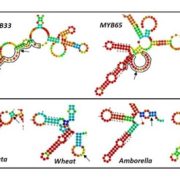
Target RNA secondary structure is a major determinant of miR159 efficacy
Plant Science Research Weekly, Research0 Comments
/
The interactions with microRNAs (miRNAs) and their targets in plants is assumed to be dependent largely on complementarity between the two RNAs. Zheng et al. investigated the interactions between miR159 and its putative targets, mRNA of several MYB genes, each with similar complementarity to the miRNA.…
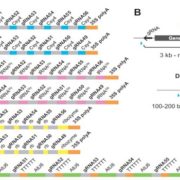
A multi-purpose toolkit to enable advanced genome engineering in plants
Plant Science Research Weekly, ResearchPrecise genome editing holds tremendous promise for meeting future food security needs and sustainable agriculture. Čermák et al. describe a set of reagents that facilitate genome editing in plants, based on both TALEN (Transcription Activator-Like Effector Nucleases) and CRISPR/Cas technologies. Precise…
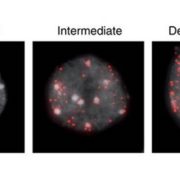
Arabidopsis proteins with a transposon-related domain act in gene silencing
Plant Science Research Weekly, ResearchWhile screening for mutants in gene silencing, Ikeda et al. identified mail1, which shows elevated expression of transposable elements (TEs) and protein-coding genes, indicating that MAIL1 (MAINTENANCE OF MERISTEM-LIKE1) is required for epigenetic silencing of some genes. However, mail1 does not differ…

The sunflower genome provides insights into oil metabolism, flowering and Asterid evolution
Plant Science Research Weekly, ResearchSunflower (Helianthus annuus L.) is an important oil crop and, according to the authors, “the only major crop domesticated in North America.” Assembling its genome has been difficult as more than three quarters of it is made up of young (less than one million years old) long-terminal repeat retrotransposons.…
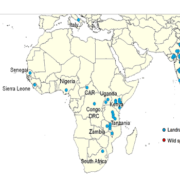
Insights from 292 pigeonpea genomes ($)
Plant Science Research Weekly, ResearchPigeonpea (Cajanus cajan) is a widely-grown tropical legume domesticated in India about 3500 years ago. Yields have plateaued, and there is evidence for a genetic bottleneck that limits breeding potential in the elite varieties. Varshney et al. resequenced nearly 300 pigeonpea accessions including modern…
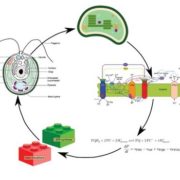
Review: Systems-wide understanding of photosynthetic acclimation in algae and higher plants ($)
Plant Science Research Weekly, ResearchDeriving energy from light is a bit like keeping your hands warm by juggling burning coals; doable but dangerous. Photosynthetic organisms constantly adjust their photosynthetic machinery to optimize energy production but avoid damage from excess light. Moejes et al. describe a large-scale project,…
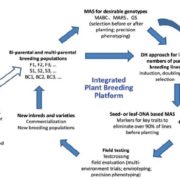
Review: Enhancing genetic gain in the era of molecular breeding ($)
Plant Science Research Weekly, ResearchYield is determined by the crop’s genetic potential and the realization of that potential as affected by agronomic practices and environmental factors. Xu et al. address how yields can be improved through enhancing genetic gain, which they define as “the amount of increase in performance that is…
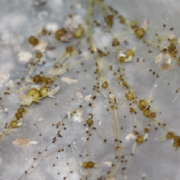
Striga hermonthica – a beautiful but devastating plant…
GPC Blog, ResearchThis week’s post was written by Caroline Wood, a PhD candidate at the University of Sheffield.
When it comes to crop diseases, insects, viruses, and fungi may get the media limelight but in certain regions it is actually other plants which are a farmer’s greatest enemy. In sub-Saharan Africa,…

8 things to consider for early career researchers (by Steven Burgess)
Careers, Careers - Blog, Finding Your Next Position, Postdocs, Skills and AdviceBy Steven Burgess, posted on Medium
"As I am coming to the end of my time as postdoc I have been thinking a lot about what I have learnt and perhaps wish I knew when I started out. Inspired by the German poet Rainer Maria Rilke’s ‘Letters To A Young Poet’, I am noting down some thoughts which…

